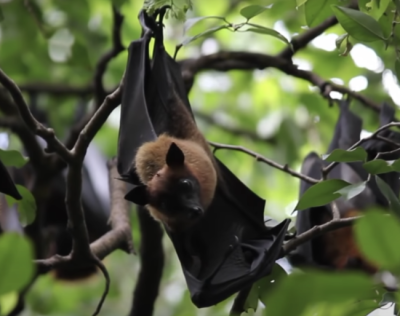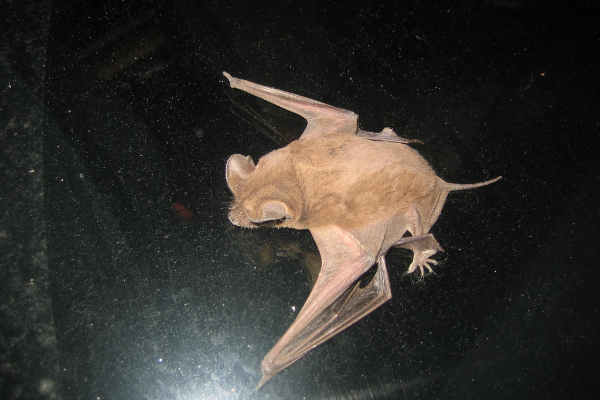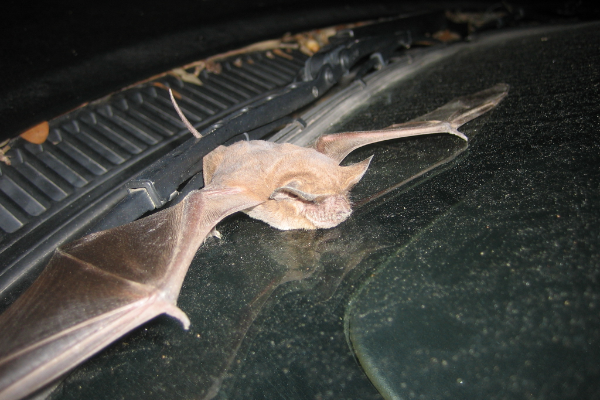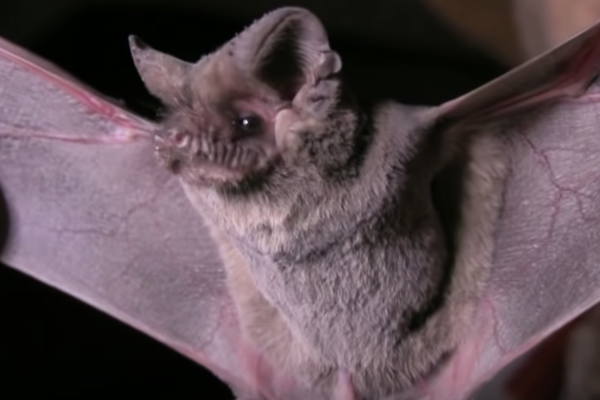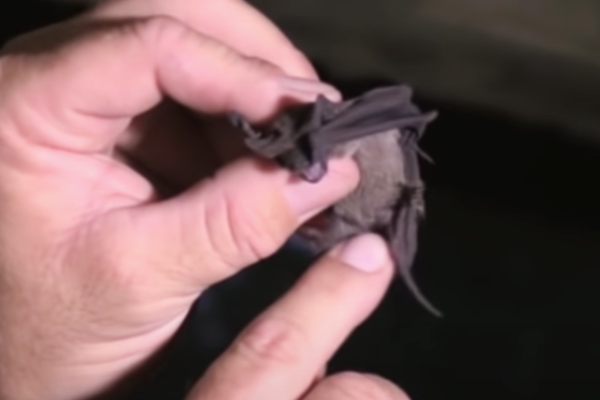Description
Mexican Free-Tailed Bat
The Mexican Free-Tailed Bat (Tadarida Brasiliensis) is regarded as one of the most evolved creatures on the American continent. Despite their fairly plain appearance, the Mexican free-tailed bats are one of the world’s most fascinating bats. Also called the Brazilian free-tailed bat, this species of bat are medium-sized, and tend to roost in abundant numbers in very few areas. This guide will examine all that you need to know about this intriguing species of bat. Some of their incredible characteristics are outlined in the following:
Appearance
Mexican free-tailed bats have fur that typically ranges from a reddish-brown to gray. Some bats in this species also have earth brown fur. They gain their status of being free-tailed because their tails extend about 33% beyond their tail membrane. In contrast, most other bats have their tails enclosed within the membrane. One of the most distinguishing features about the Mexican free-tailed bat is the presence of their broad ears that point forward and their wrinkled lips.
Diet
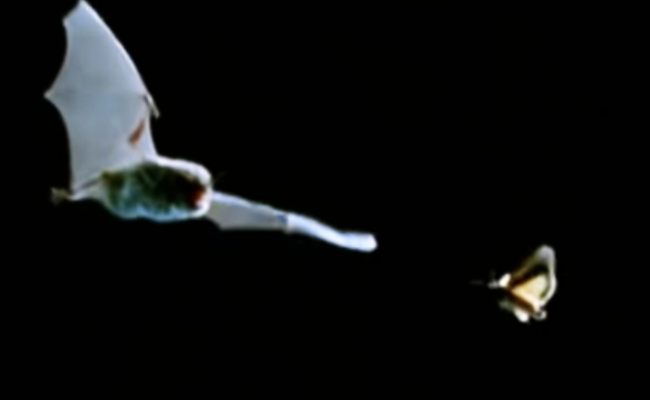
In contrast to other bat species that include fruits in their diet, the Mexican free-tailed bats are primarily insectivores. Their choice of prey includes beetles, moths, wasps, ants, bugs, etc. Due to the amount of wing power they possess, this species of bat catch their prey in flight. Studies show that the level of consumption by these bats can be very significant, saving plants and other crops from destruction by these insects. The process by which the Mexican free-tailed bat hunts its prey is known as echolocation.
Behavior
The behavioral patterns of Mexican free-tailed bats indicate that they are nighttime foragers. They fly at a fantastic height of about 3300 meters above ground level, and they can feast on migrating insects. Bats generally appear to be more active in the late morning and afternoon between June and September, and this species is not an exception. Free-tailed bats are more active in warm weather.
During the mating season, the female free-tails prefer to assemble together into maternity perches. The size of this congregation depends on nature, alongside the size of the habitat they are in. Caves have the most significant number of female Mexican free-tails. This species is a wanton reproducer, and that means that both genders have sexual intercourse with different partners. This is despite the fact that there exists a forceful structure that indicates that the male bat takes his female away from the rest of the roost, and monitors and controls her development.
When the baby bat is conceived, the pups are left in creches while their mothers perch somewhere else. There is no instance where a mother bat mistakes another pup for her own because the mother engraves her fragrance on her child early on. The mothers nurture their young every day, and in a couple of weeks, they become fully independent.
Habitat
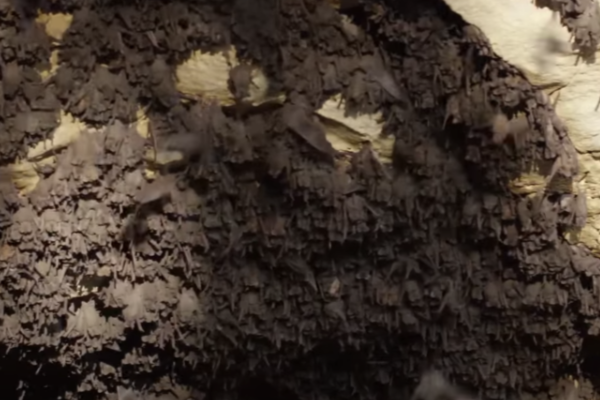
Mexican free-tails prefer to perch in caves, but they can also be found in places that have enough deep recesses in roofs or walls to hide them. Some of these places include bridges and deserted structures. They also prefer to perch close to water. This is because the water pulls in the creeping and flying insects they like to feast on, and provides them with enough water to drink. It should be noted that the Mexican free-tails can also roost in the hollows of trees. When they are in caves, there is a lot of roof space, which is big enough to house millions of bats.
The Mexican free-tail bats can be predominantly found in the southern half of the United States and the South American continent. In the winter, they are known to migrate further south where it is a bit warmer. However, some bats in regions of North America do not relocate at all, but instead regularly make improvements in roosting areas.
Sounds
Research has shown that Mexican free-tails have advanced sound-making abilities, with up to 15 different sound calls available. One of the most prominent of these calls is one that can be utilized to hinder a competitor’s capacity for dinner. The Mexican free-tail bats have been regarded as the most social species of mammals. Although they do not hunt together as a group, they compete for dinner daily in large hordes. Numerous bats echolocate to focus in on prey, and this particular bat species uses what could be termed as jamming signals to prevent other bats from taking already honed-in prey.
Traveling calls are also a significant feature of the Mexican free-tail bat species. However brief, these calls come in a constant frequency that changes from time to time if something is detected.
Droppings:
Compared to other free-tail species and other bats in general, Mexican free-tails provide the largest number of urine and guano droppings, with up to 18,700 metric tons accounted for every year. These droppings can be put to good use in a diverse number of ways.
The extraction of guano for use as a natural compost was once a booming and profitable business. To date, some of it is still sold as fertilizer to boost crop growth and production.
Biotechnologists would have a field day with the number of guano droppings that can be retrieved in caves inhabited by Mexican free-tails. These droppings are a potential fortune trove for biotechnologists since studies show that just one ounce of these droppings contains billions of microscopic organisms, most of which haven’t even been identified yet.
The Mexican free-tail has also helped America with war efforts. In 1863, a gunpowder processing plant was set up in San Antonio when Confederacy ports were barricaded. The most crucial ingredient, saltpeter, was manufactured with large amounts of neighborhood bat guano.
Other fun facts about the Mexican free-tail bats include:
They are regarded as the jets of the bat species. Their wing power and speed are unmatched by any of the other bat species.
The largest concentrations of this bat species can be found in Bracken Cave, San Antonio, Texas.
Texas legislature named this species as the state mammal (flying) in 1995.
